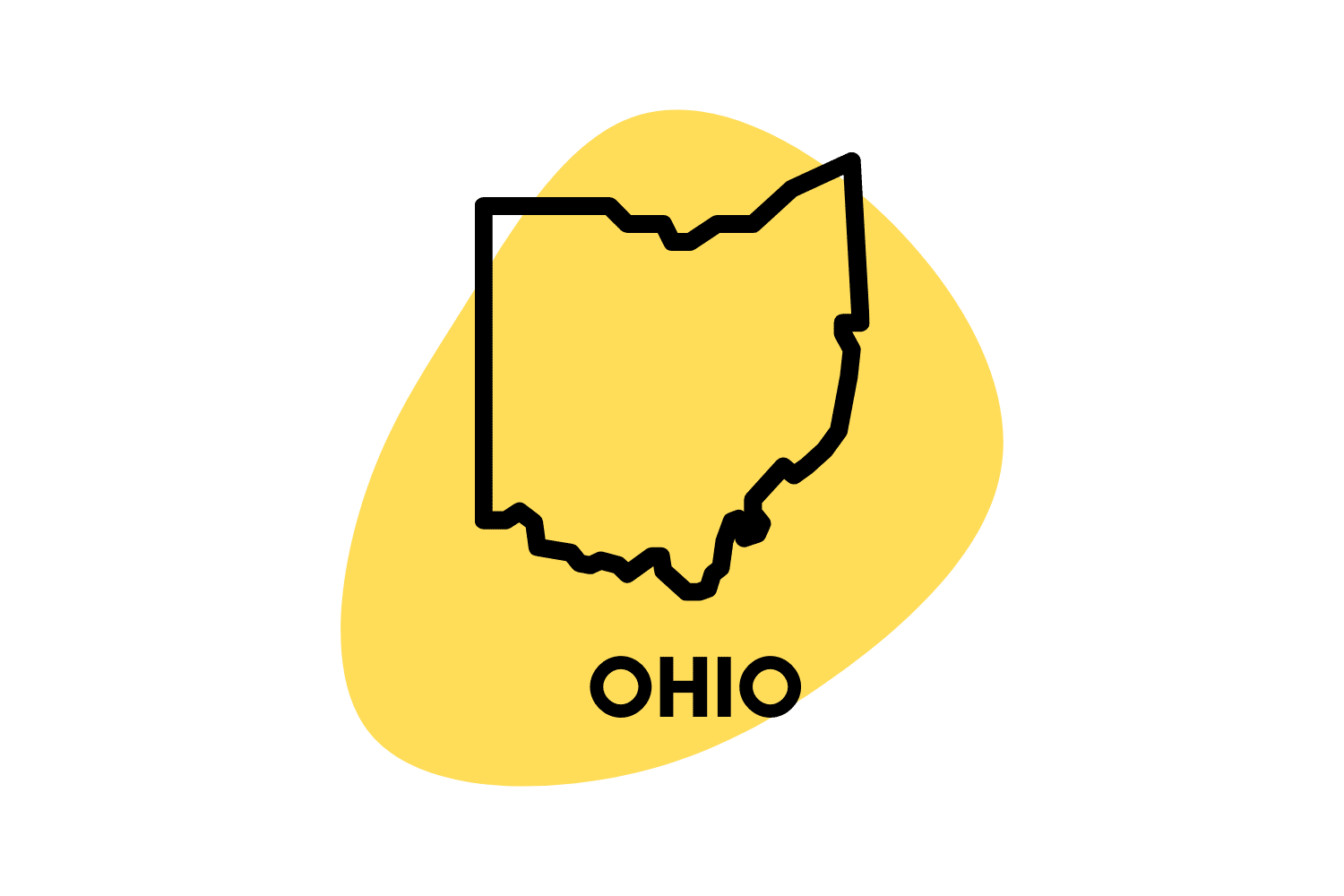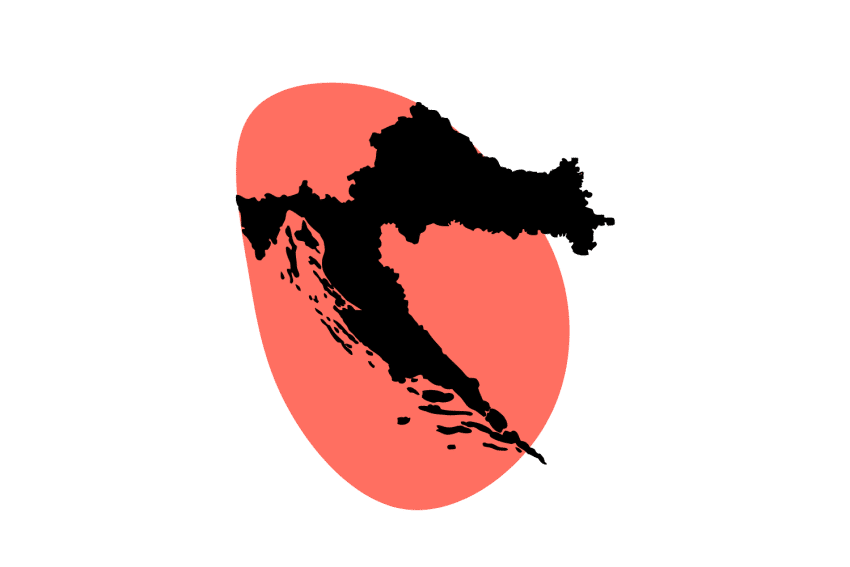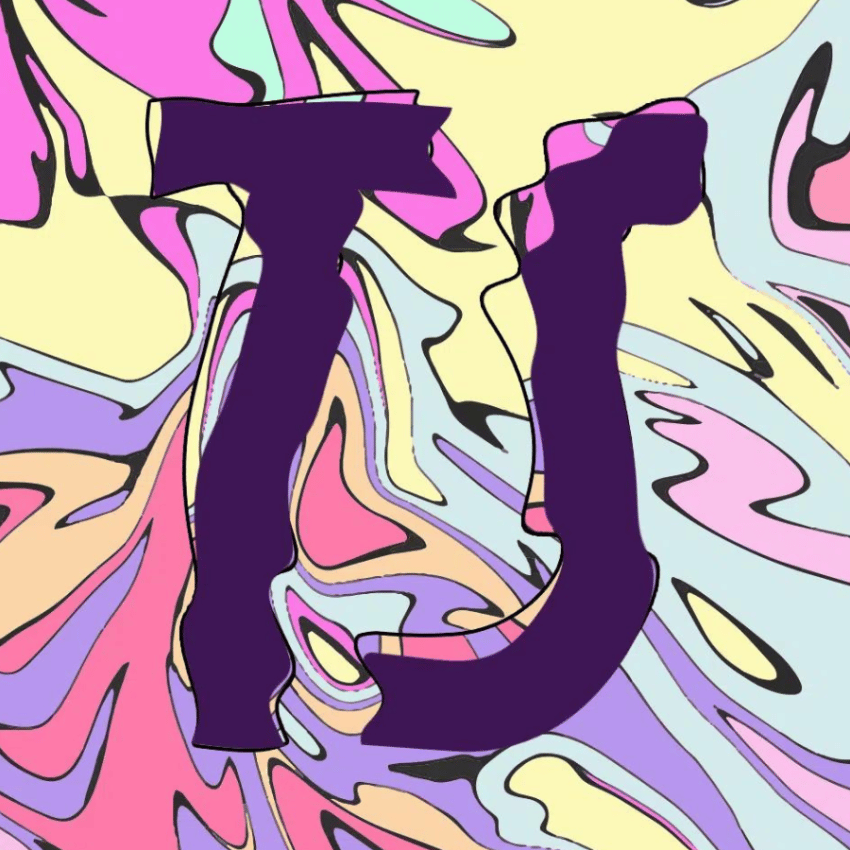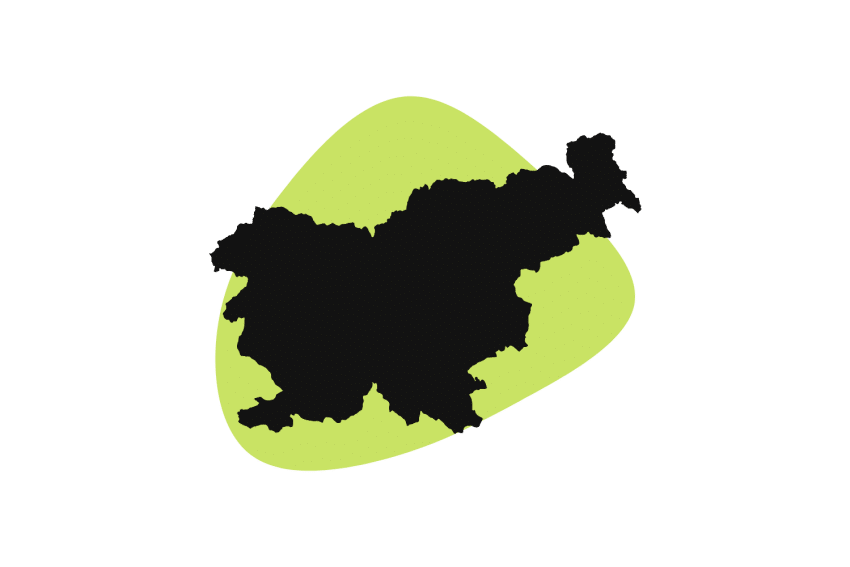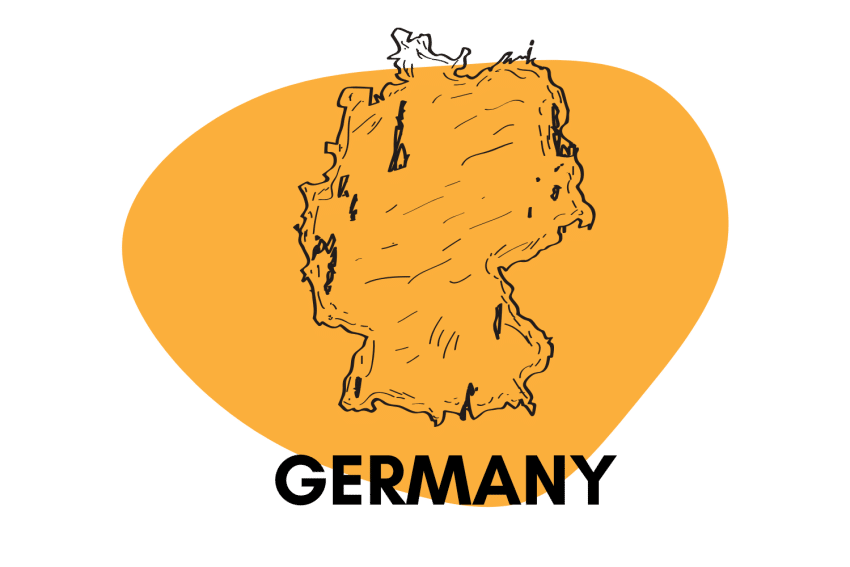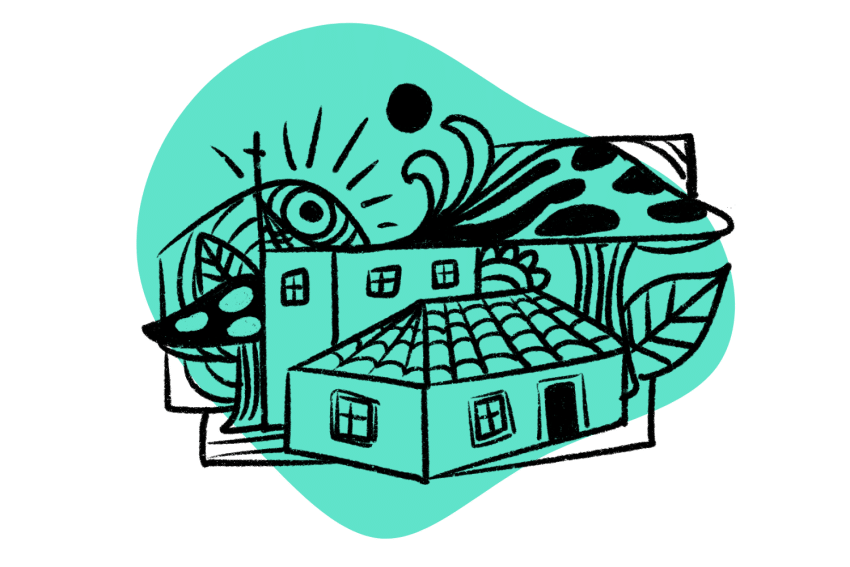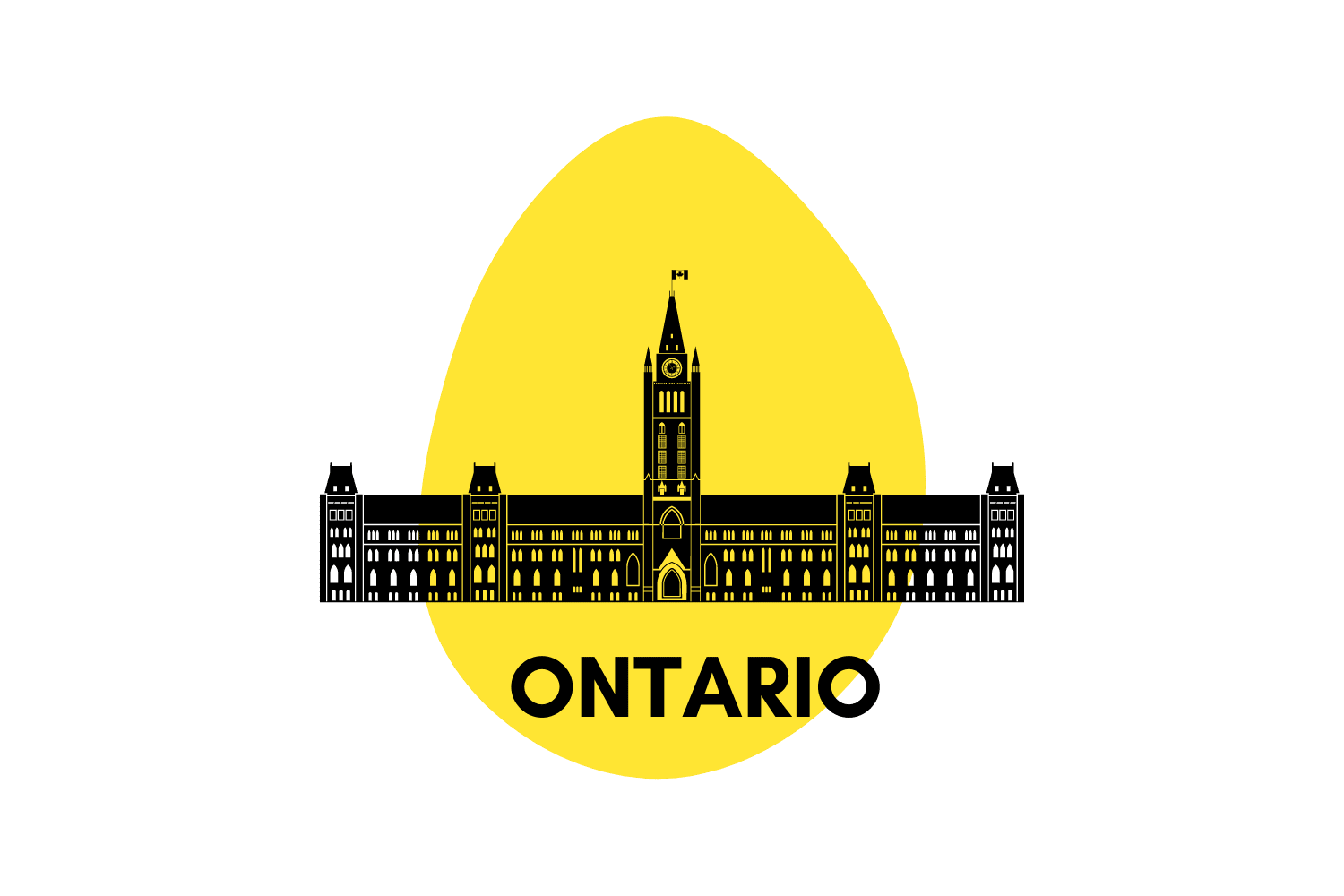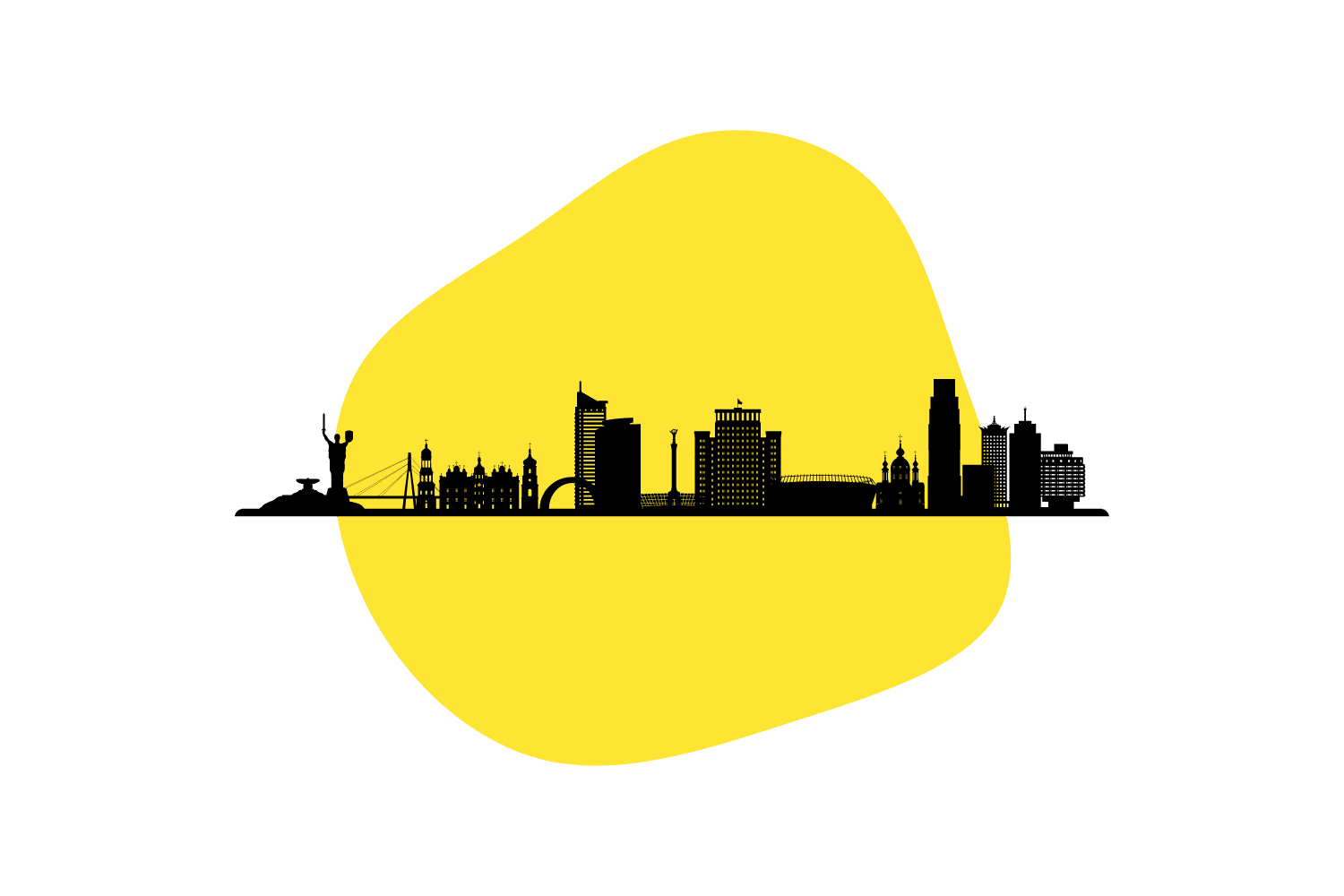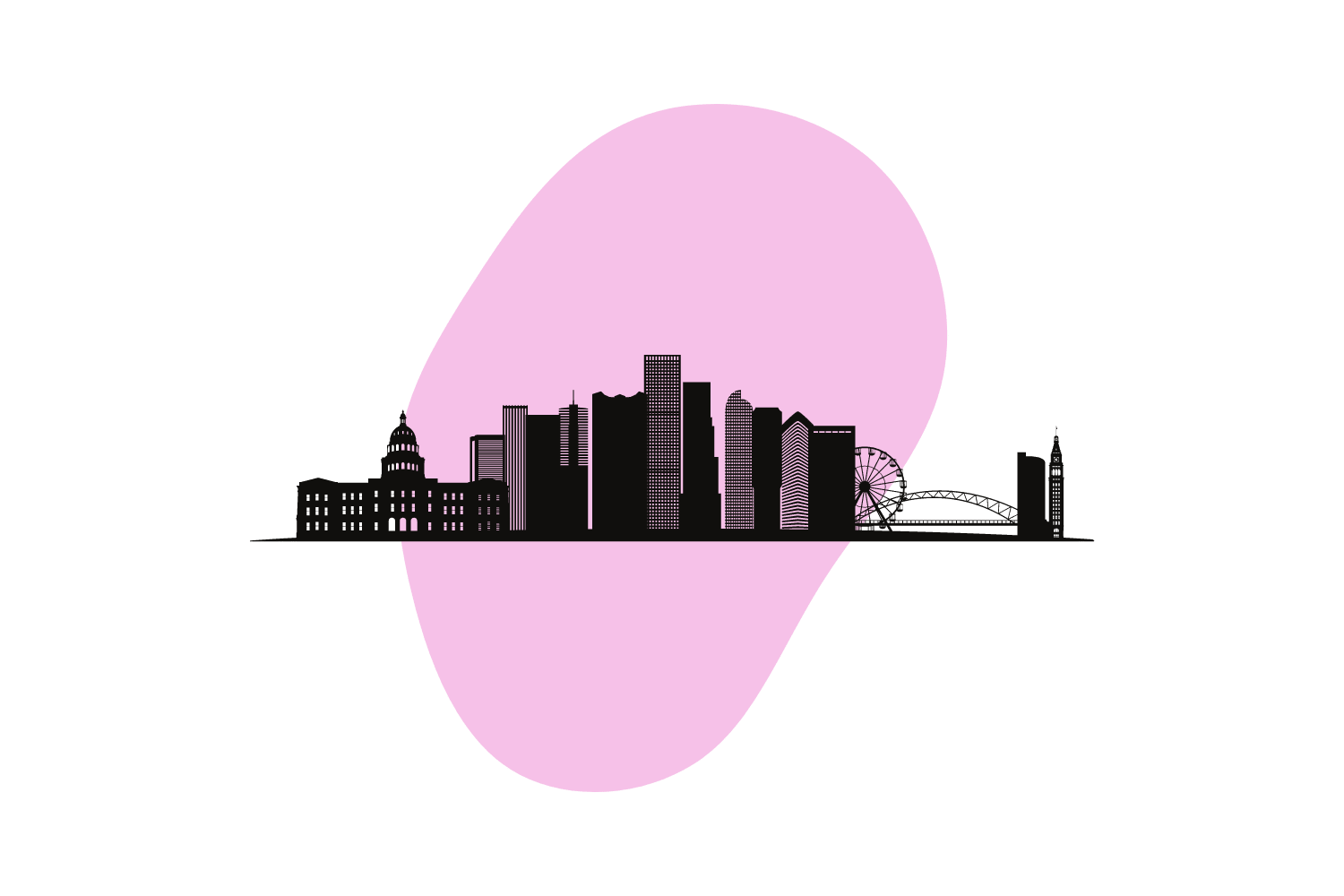Easthampton Joins the List of Massachusetts Cities Supporting Decriminalizing Psychedelics
In October 2021, Easthampton joined Somerville, Cambridge, and Northampton in calling for the decriminalization of magic mushrooms and other entheogenic plants.
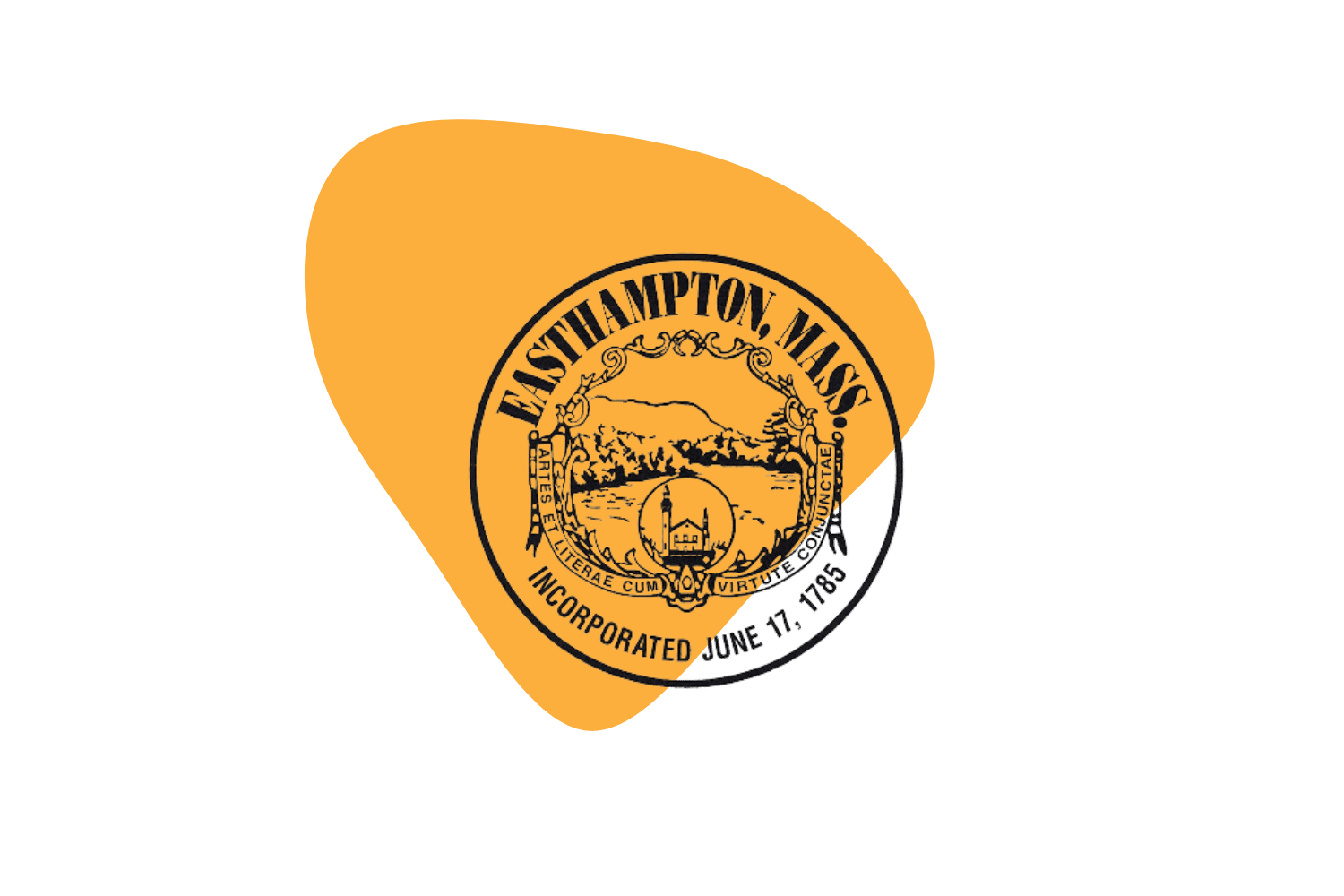
If you think that California, a state which many believe to be the epicenter of psychedelic drugs, has the most cities that have decriminalized them, you’re wrong. Actually, a state on the opposite end of the country, Massachusetts, holds the record for most cities that have moved to decriminalize magic mushrooms and other psychedelic plants.
In October 2021, Easthampton, Massachusetts, followed Sommerville, Cambridge, and Northampton to become the fourth city in the state to pass a resolution supporting the decriminalization of entheogenic plants and fungi. California has just three: Oakland, Santa Cruz, and Arcata.
This article discusses the particulars of the Easthampton resolution and what it means for citizens. It also examines the health benefits of the psychedelic plants and fungi listed in the resolution and shares tips on growing magic mushrooms at home.
The Resolution: What Does It Entail?
In October 2021, the City Council of Easthampton passed a resolution 7-0 with two abstentions to support the decriminalization of magic mushrooms and other entheogenic plants and fungi.
According to the resolution, the policy of Easthampton should be “that the investigation and arrest of persons for planting, cultivating, purchasing, transporting, distribution by caregivers, engaging in practices with, and/or possessing entheogenic plants …shall be amongst the lowest law enforcement priority for the City of Easthampton.”
It also asks the Hampshire County District Attorney to “cease prosecution of persons involved in the use, possession, or therapeutic distribution of entheogenic plants.”
Council Member At-Large Owen Zaret (D) introduced the resolution. “This is a step forward to helping people have access to effective therapies and also halting unnecessary arrests and incarceration,” he said.
Entheogenic Plants Covered By the Resolution
Entheogenic plants contain naturally-occurring psychedelic compounds. They have been used for centuries by different cultures worldwide for religious, recreational, and medicinal purposes. Many of these plants have documented medical benefits.
Some of these medical benefits include:
1. Mushrooms Containing Psilocybin
Psilocybin is the psychoactive compound in “magic” mushrooms. According to researchers at Johns Hopkins University, psilocybin’s most promising potential is for treating various addictions — including smoking, alcoholism, cocaine, and opioid addiction.
Clinical studies have shown it’s also effective in treating:
- Existential anxiety
- Cluster headaches
- Depression
- Obsessive/compulsive disorder
- Post-traumatic stress disorder (PTSD)
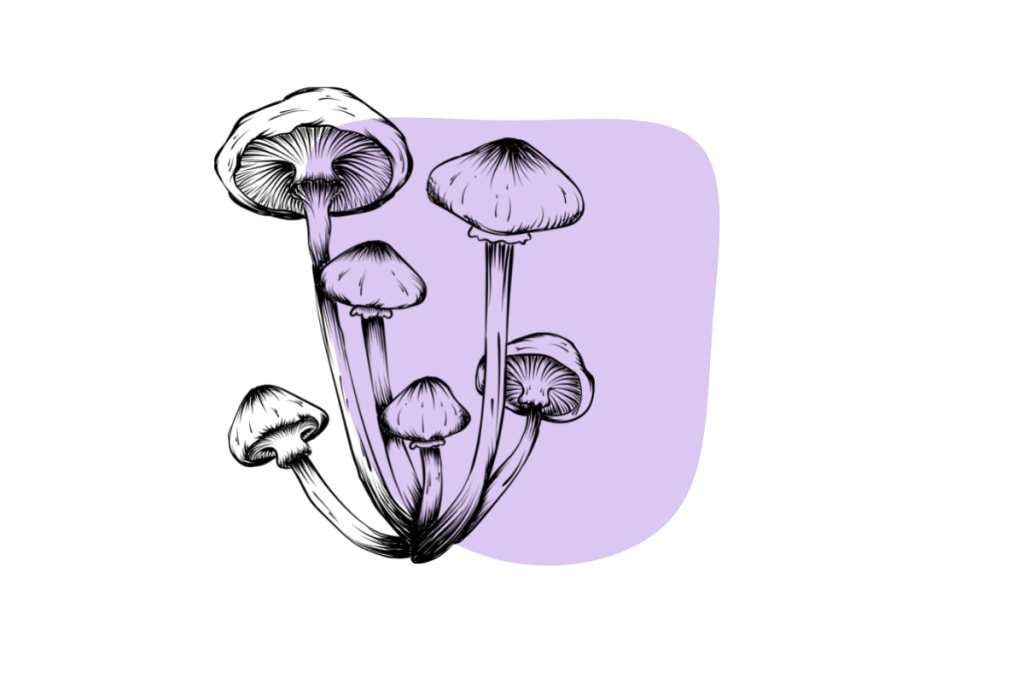
2. Iboga
The Iboga shrub, found chiefly in central west Africa, contains the psychedelic compound Ibogaine. Ibogaine was first discovered by the Pygmy tribes of Central Africa, where they used the plant for religious and medicinal purposes. In 1962, Howard Lotsof, an American scientific researcher, pioneered using ibogaine as a treatment for drug addictions.
According to studies, it may also ease cravings, reduce withdrawal symptoms, and lower the risk of relapse [2].
Ibogaine may also be effective in treating:
- Addiction
- Depression
- Eating disorders
- Migraine headaches
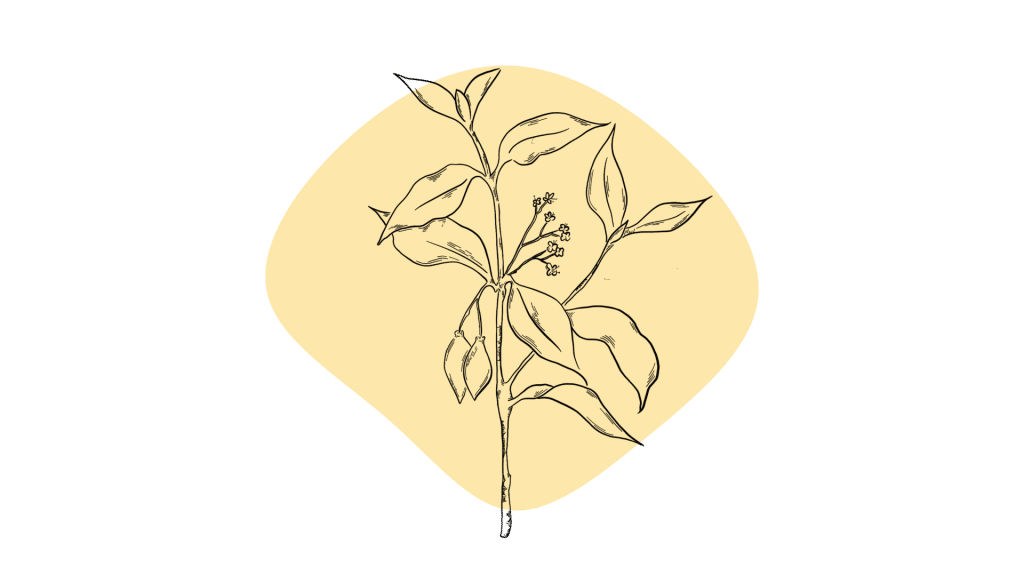
3. Ayahuasca
Ayahuasca is a potion made by boiling the Banisteriopsis caapi vine with the leaves of the Psychotria viridis shrub. However, it can be made by combining any plant with an MAOI inhibitor with one that contains DMT (dimethyltryptamine).
Studies indicate that ayahuasca has the potential to protect brain cells, stimulate neural cell growth, enhance mood, and increase awareness.
Other possible medical benefits include treatment for:
- Alcoholism
- Cocaine/opioid addiction
- PTSD
- Treatment-resistant depression
In one study conducted with 57 people by the National Institutes of Health (NIH), rates of depression and stress significantly decreased after drinking ayahuasca [1]. Each participant reported the effects were still significant even four weeks later.
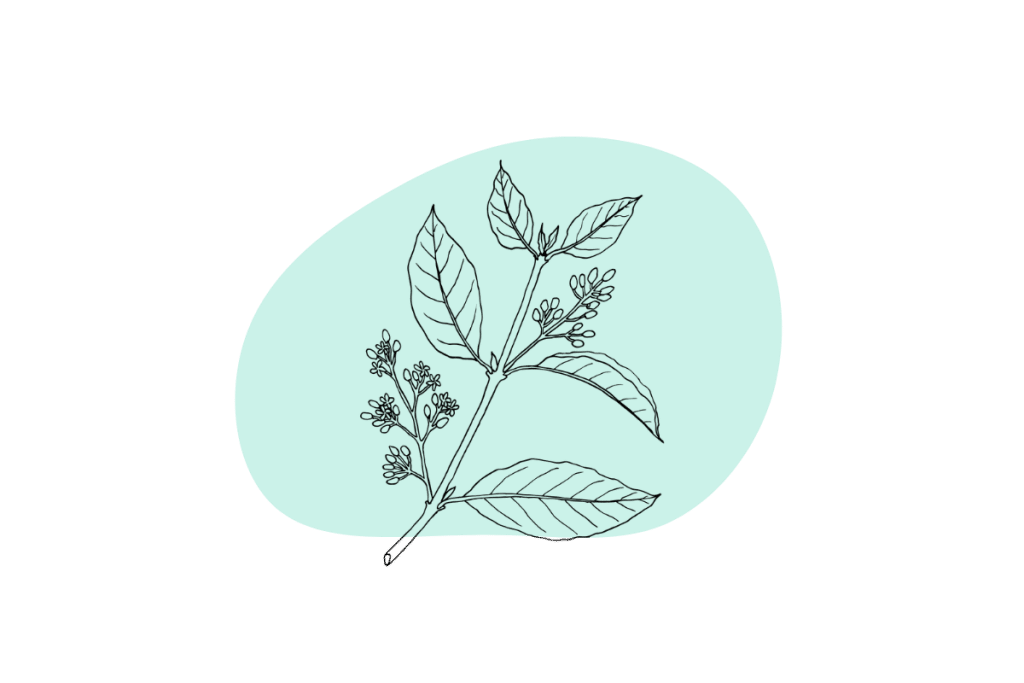
4. Cacti Containing Mescaline
Mescaline is a psychoactive compound that occurs naturally in a family of cacti native to the southwest United States, Mexico, and South America. The Peyote cacti have the highest concentration of mescaline, but other cacti include the San Pedro and the Peruvian Torch. Mescaline is on the federal Schedule I Controlled Substance list, but members of the Native American Church are allowed to possess and use it legally.
Some cities exclude cacti containing peyote from their list of decriminalized entheogenic plants due to pushback from Indigenous groups. These groups are concerned that decriminalizing mescaline will deplete the amount available for their religious services.
The Easthampton resolution excludes Lophophora (peyote), a small, spineless cactus that grows in the southwest United States, northern Mexico, and Peru. According to the resolution, they are “extremely slow-growing and endangered by animal farming, natural gas development, and non-native poaching.”
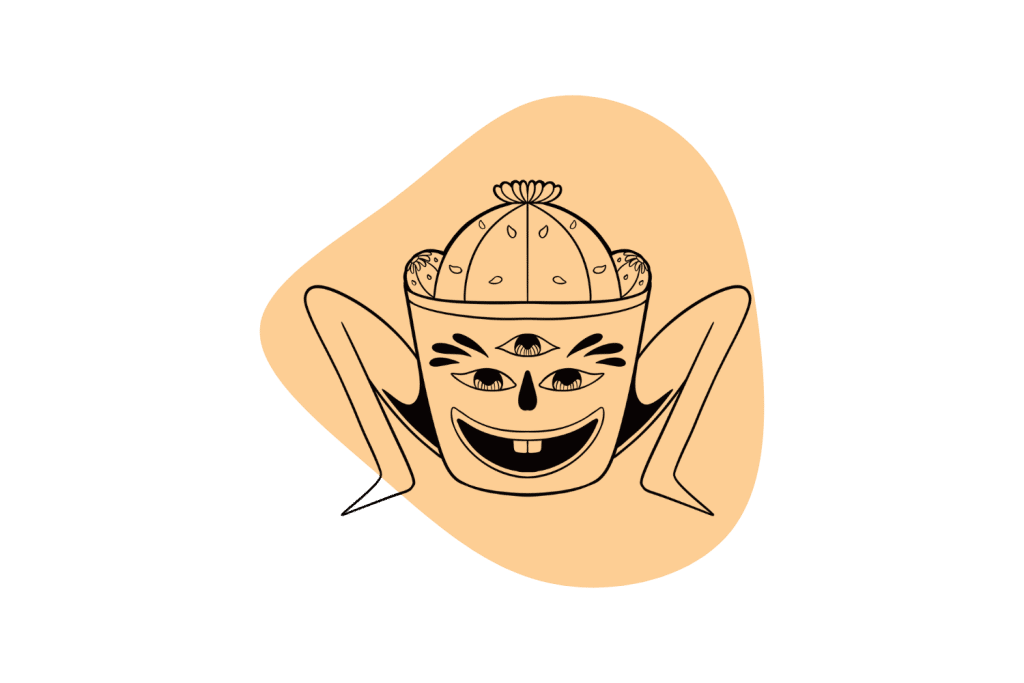
Commercial Sales, Large Scale Production Prohibited
The Easthampton resolution does not “authorize or enable” the commercial sale of entheogenic plants and fungi or cultivation for large-scale distribution. It also exempts possessing or distributing entheogenic plants on school grounds, using or distributing them to individuals under 21 years of age, and driving under the influence of them from the lowest law enforcement priority status.
Resolution Is Non-Binding; Must Be Codified Into Law
Easthampton’s city government does not allow the City Council to pass legally-binding legislation. Consequently, the resolution only suggests that police and prosecutors make possessing and using these substances the city’s lowest priority.
However, the resolution does carry some weight. Since it has been approved by the City Council, codifying it into law is almost assured.
Decriminalization vs. Legalization
All entheogenic plants listed in Easthampton’s resolution are on the federal Schedule I Controlled Substances list, which means they are illegal to possess or use in all 50 states. But this does not keep local governments from passing legislation to decriminalize or legalize them.
Decriminalizing a substance reduces the penalties, usually to fines instead of jail time. Legalizing a substance removes all legal penalties restricting the possession and use of the substance.
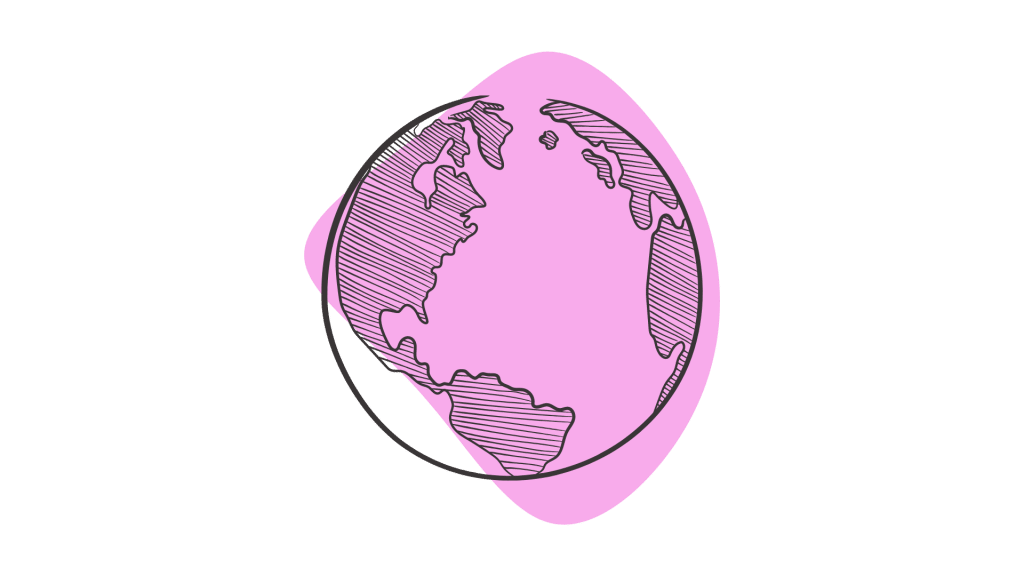
Are Magic Mushrooms for Sale in Easthampton?
Technically, no. However, the resolution makes provisions for small sales for personal use.
The Easthampton resolution does not authorize commercial sales, so it can be inferred that personal sales might be okay. To avoid legal headaches, check with the local authorities before buying or selling any magic mushrooms.
The only way to get your hands on magic mushrooms in Easthampton — or anywhere else for that matter — is to buy them, pick them in the wild, or grow them yourself.
Buying them on the street and picking them in the wild come with their own unique hazards — from getting busted to seriously jeopardizing your health. However, growing them yourself is a viable alternative.
Growing Your Own Magic Mushrooms
Since magic mushroom spores do not contain psilocybin, they are legally available for purchase online — except in California, Georgia, and Idaho. The spores come in two forms: spore prints and spore syringes. Spore prints are merely spores stamped onto a piece of paper. Spore syringes are syringes filled with sterilized water and mushroom spores.
The spore prints and syringes sell for around $15-$40, depending on the strain of mushrooms. There are more expensive kits for more upscale operations. You can grow your own if you live in a location where magic mushrooms are decriminalized — or where a resolution supporting decriminalization has passed. There are two ways to do this: use a mushroom grow kit or grow them from scratch.
Mushroom Grow Kit
Mushroom grow kits contain everything you need to grow your magic mushrooms. It takes roughly 4-6 weeks, depending on what kind of magic mushrooms you plan to grow.
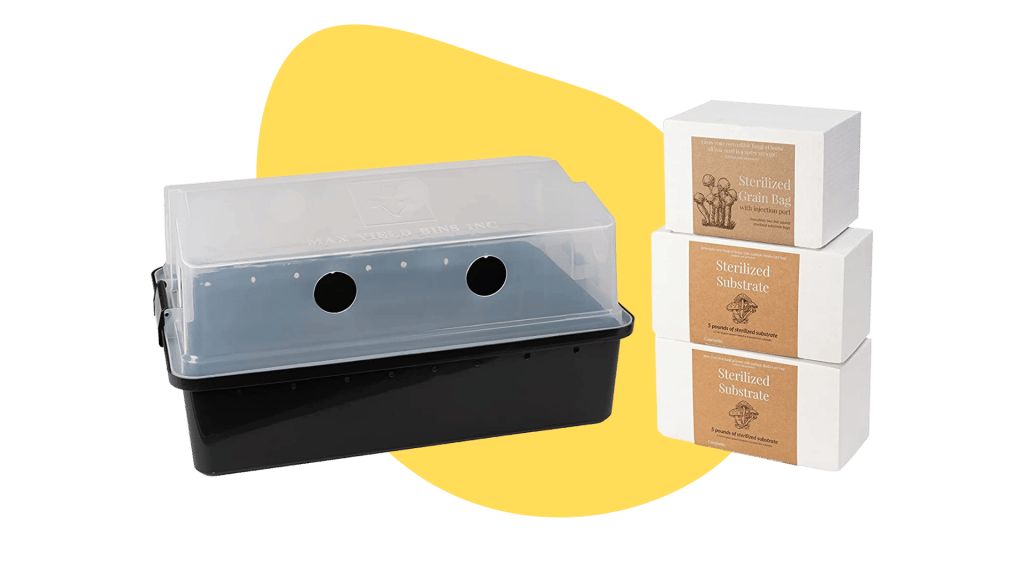
Some advantages to using a mushroom grow kit:
- Self-contained — Mushroom grow kits come with everything you need to grow magic mushrooms — except the spores. Purchase these separately.
- Low maintenance — Very easy to care for; just add spores, place in a well-lit area away from direct sunlight, and mist with water once or twice a day.
- Cost-effective — An “average” dose of magic mushrooms is about 2 ½ to 3 g and can cost between $20-$40. Magic mushroom spore syringes and prints will yield 50 g or more of magic mushrooms, which will return your investment in the kit and the spores several times over with your first harvest.
- Safe — Purchasing the kit and spores from reputable vendors will ensure that you get a product free of contaminants. Plus, you won’t have to buy your magic mushrooms from street dealers or take your chances picking them in the wild.
Mushroom grow kits are susceptible to molds and fungi that can destroy or contaminate the mushrooms. Purchase your kit only from a well-established, reputable vendor to ensure you reap a bountiful harvest.
Growing Magic Mushrooms from Scratch
Growing magic mushrooms at home from scratch is much more complicated than growing them from a kit. Although the process is relatively easy, it is by no means simple. You’ll need detailed directions from a reputable source, and you must follow them closely. If you don’t, you might not produce any mushrooms, which could jeopardize your health.
Many of the things you’ll need are probably already available around your house. However, you will still have to invest about $200 in the project.
Follow this “recipe” for your own from-scratch mushrooms:
- Step 1: Preparing the Substrate — The substrate is the material that the mycelium, which produces the mushrooms, feeds on. It can be made from various substances, but the most common substrate is made from vermiculite or sawdust, water, and brown rice flour.
- Step 2: Inoculation — In this step, the spores from the spore syringe or spore print are spread onto the substrate.
- Step 3: Incubation — You really don’t need to purchase an incubator. Any warm area with a consistent temperature will do just fine. However, an incubator can accelerate growth and increase yield. You can build an incubator from materials around the house with about a $30 investment in materials, or you can purchase one for about $40.
- Step 4: Fruiting — Fruiting is the process of creating the ideal environment — temperature, humidity, light, etc. — for the mycelium to produce mushrooms.
- Step 5: Harvesting & Drying — You can use a dehydrator on a low setting, but your magic mushrooms will be more potent if you allow them a few days to dry naturally.
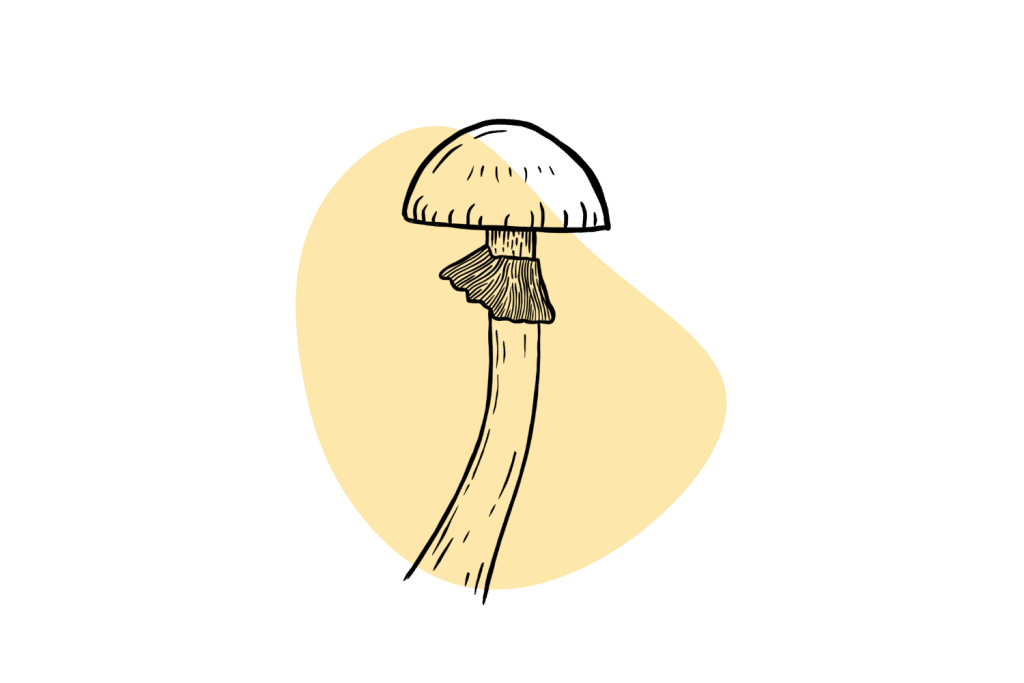
It takes approximately four to eight weeks from cultivation to harvest — it can be labor-intensive but certainly worth the effort. Growing them from scratch produces more mushrooms than a grow kit, and you have more control over the quality.
There is a lot of information online about growing magic mushrooms from scratch. Trust only well-established, well-respected vendors to ensure a safe, positive, and productive experience.
Verify the Legal Status in Your Area
If you live in a city where entheogenic plants are decriminalized, you can probably grow magic mushrooms without fear of legal repercussions. However, check with the local authorities if you live in a city that has only passed a resolution to support decriminalization — even though the police and prosecutors will probably abide by it.
It’s better to be safe than sorry.
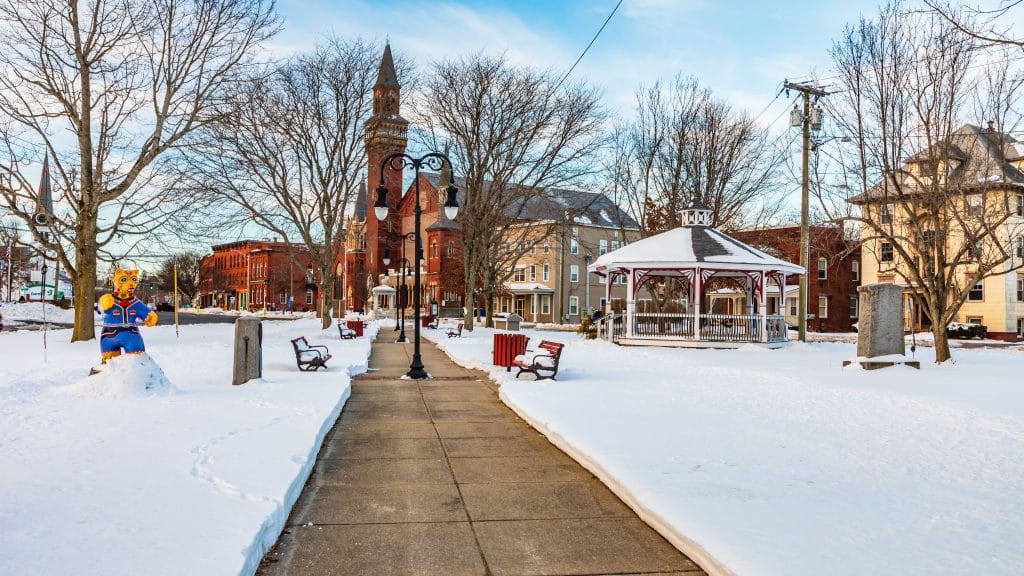
Conclusion: Decriminalization in Easthampton & Beyond
The City Council of Easthampton is looking beyond decriminalizing entheogenic plants and fungi. They’re calling upon the city to view the use and possession of all controlled substances “first and primarily” as an issue of public health by all city departments and agencies.
The Easthampton resolution expresses support for statewide decriminalization. Bill HD 3439 would replace criminal penalties for possession of controlled substances with the choice of a $50 civil fine or a health and wellness screening.
Another piece of statewide legislation that the Easthampton City Council has endorsed is HD 3829. This bill would establish a task force with experts in science, drug policy, economic and racial justice, and state government to “recommend legislation to legalize entheogenic plants as well as expunge records and create equity initiatives for victims of the entire war on drugs.”
While these radical changes are slow to come, the tide is changing. Soon, other cities and states will join the movement as more research on these substances proves their potential.
References
- Uthaug, M. V., Van Oorsouw, K., Kuypers, K. P. C., Van Boxtel, M., Broers, N. J., Mason, N. L., … & Ramaekers, J. G. (2018). Sub-acute and long-term effects of ayahuasca on affect and cognitive thinking style and their association with ego dissolution. Psychopharmacology, 235(10), 2979-2989.
- Brown, T. K. (2013). Ibogaine in the treatment of substance dependence. Current drug abuse reviews, 6(1), 3-16.

